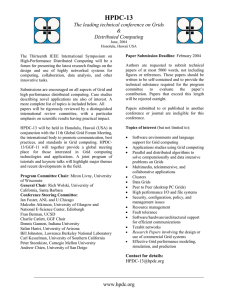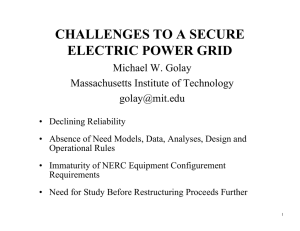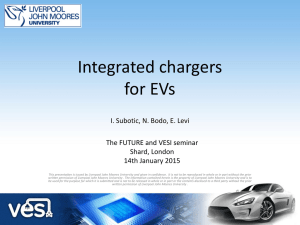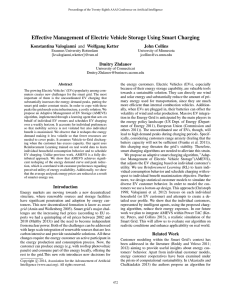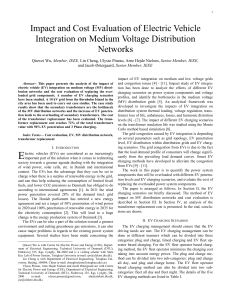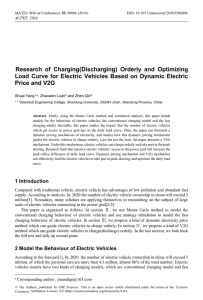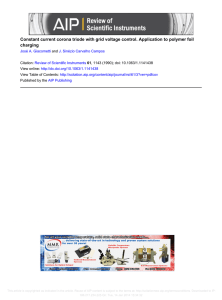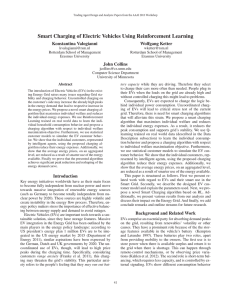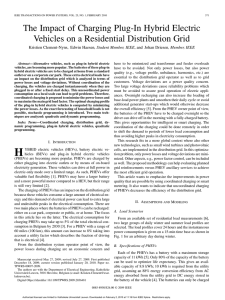Charging for GRID Access Uli Harder Imperial College London
advertisement
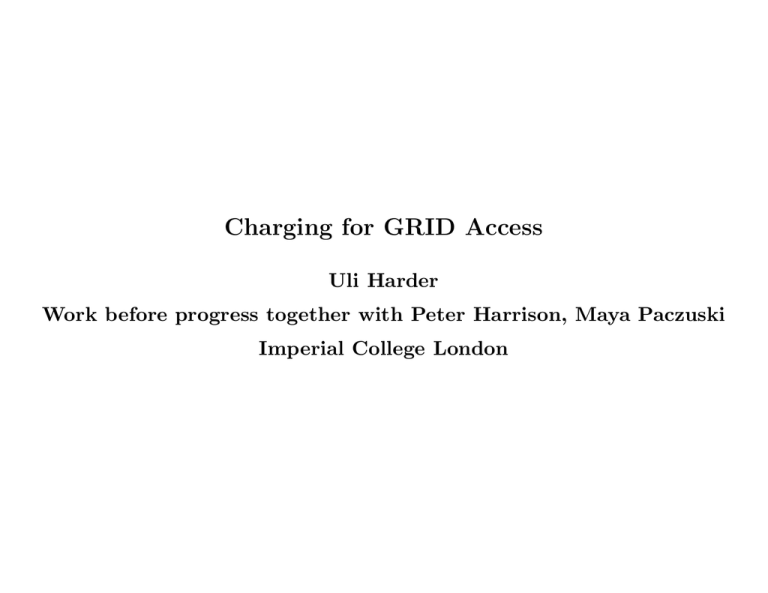
Charging for GRID Access Uli Harder Work before progress together with Peter Harrison, Maya Paczuski Imperial College London Introduction • What are GRIDs? • What are they used for? • Why charging for access? • How can you charge for computer access? • A simple example • El Farol • Modelling larger systems What are GRIDs? • collection of computing and storage resources • alomst like distributed computing • BUT, it is easier for the user to find and use services, using middleware • similar to www: server + client + Google • ideally the GRIDs should be heterogeneous Who uses them? • There are two main reasons to use a GRID: computation and storage intensive applications. • right now: particle theorists, they expect to produce 1Pb/sec when LHC comes online, data • Astronomers, data • Meterologists, computation • Human Genome project • Medical imaging (mammography) • future users: banks, insurance companies, env. agencies, games? • corporate problem: there is no equivalent of VPN for computing and storage resources - virtualization What can you charge for and why would you want to do it? • resources: CPU, memory, data storage, information on resources • this has all been done before for main frames and network usage • for GRIDs this is more complicated because the resources are decentralised • ultimately charging is about fixing the price for contracts with users • if you “own” a GRID there are many reasons why you want to charge people, even if it is only nominal money – fairness, management – maximise utilisation – cost recovery – profit maximization – spare capacity – selling computing power to corporations How to charge • the idea of the GRID contravenes having a complicated human negatiation for each computation • resources become commodities • auctions • stock market of resource commodities • bartering (even here there needs to be a kind currency to compare resources) • problems of charging • phone-like contracts • fixing the price • different contracts • closely related: security • trust in correctness of results Some approaches • Sutherland, 1968, describes a scheme to max. utilisation of a PDP-1 using auction • mainframes • cpu charging (SPAWN) • Popcorn • G-commerce • Cumulus El Farol • Brian Arthur, 1994 • customers judge the popularity of a bar (El Farol) by the number of other customers, they will try to avoid a crowded bar • each have got different rules to decide whether they expect the bar to be croweded, depending on their previous visits, and whether it’s worth going to the bar • customer do not exchange their information • the system aranges itslef to be at the desired mean number of customers in the bar • extended to the Minority Game. Our approach • agent-based simulation of minority game • incorporate features of computers (in contrast to planes computers actually cope with ovebooking, briefly) • do I max. utilisation with a particular charging scheme • is the “economy stable” The research was funded by EPSRC (research grant QUAINT, GR/M80826).




